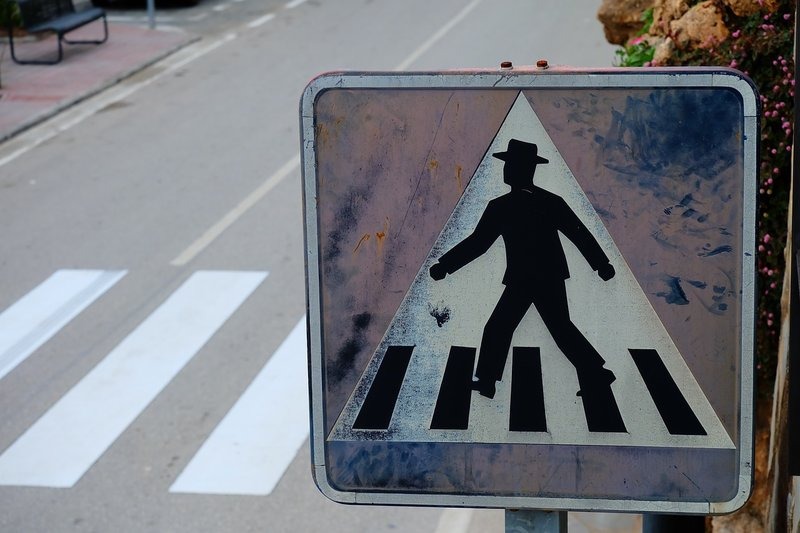
One of the biggest concerns with autonomous cars is obviously how they will avoid coming into contact with another car or person. There have already been problems in testing with this, and a pedestrian was already killed in testing, despite a human backup driver being onboard.
But the University of Michigan is working on improving the safety of this by improving the algorithm of how self-driving technology predicts the movements of pedestrians. They want it to not just be able to detect people in the car’s view but detect how they’re moving and predict what they’ll do next.
Improving Autonomous Car Algorithm
In order to eliminate potential problems like the death that already occurred with an Uber self-driving car in Arizona, autonomous cars’ vision systems will have to know how to predict how a person moves. It’s not just important if someone is in the path of the car, but also that what they do next may put them in the path of the car.
This can be a very complicated system. It’s more than just seeing how people walk and/or move over a period of time because frankly, there’s much more to the ways we move than just what you could see in examples of prior footage.
The new system being developed by University of Michigan uses the lidar and stereo camera systems to not just estimate what a pedestrian’s trajectory is but also their pose and their gait. These factors can show which way a person is facing, if they’re walking with assistance, doing something such as using their phone, and the intention behind their movements.

There are just so many more options than a pedestrian crossing the road. They could be stopped too close to traffic while waiting for someone. Just with this one factor they could be waving their arms to get someone’s attention, looking up and down the street but not moving, walking into traffic to check for people, etc.
The university’s algorithm is gathering additional data to help it predict motion to add to its navigation plans and contingencies. Already the predictive nature of the system is more successful that simpler systems.
Every Little Bit Helps
The day the public will be able to buy a self-driving car and trust it to transport them from here to there is still far and away in the future. There are still far too many hurdles to clear first, with solving the pedestrian problem being chief among the concerns.
But if the University of Michigan can develop the algorithm for autonomous car vision systems, it could help bring that date of incorporating autonomous cars into traffic just that much sooner.
Is the pedestrian problem one of your concerns with self-driving cars? Does it concern you? Let us know your thoughts in the comments below this article.







